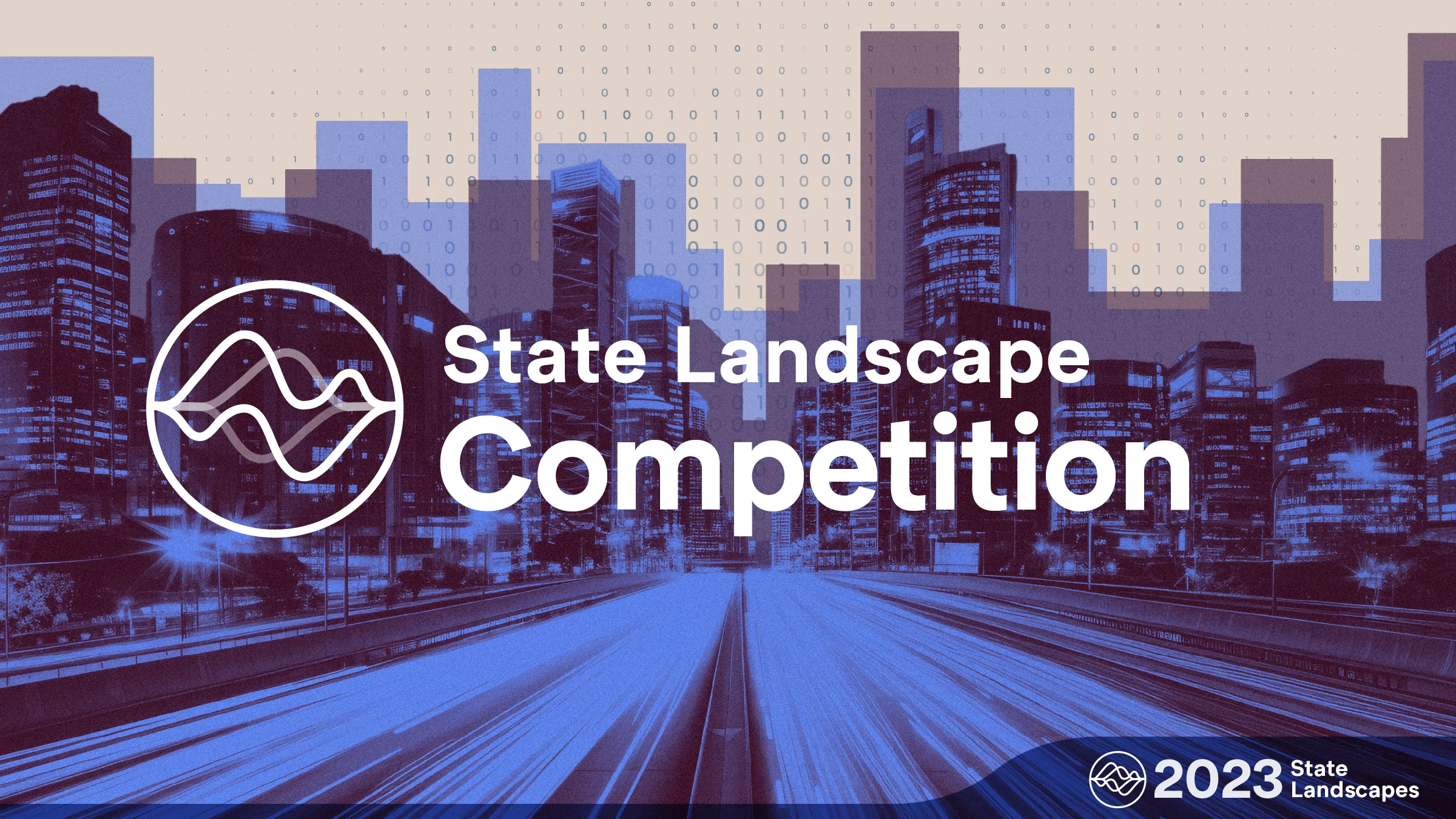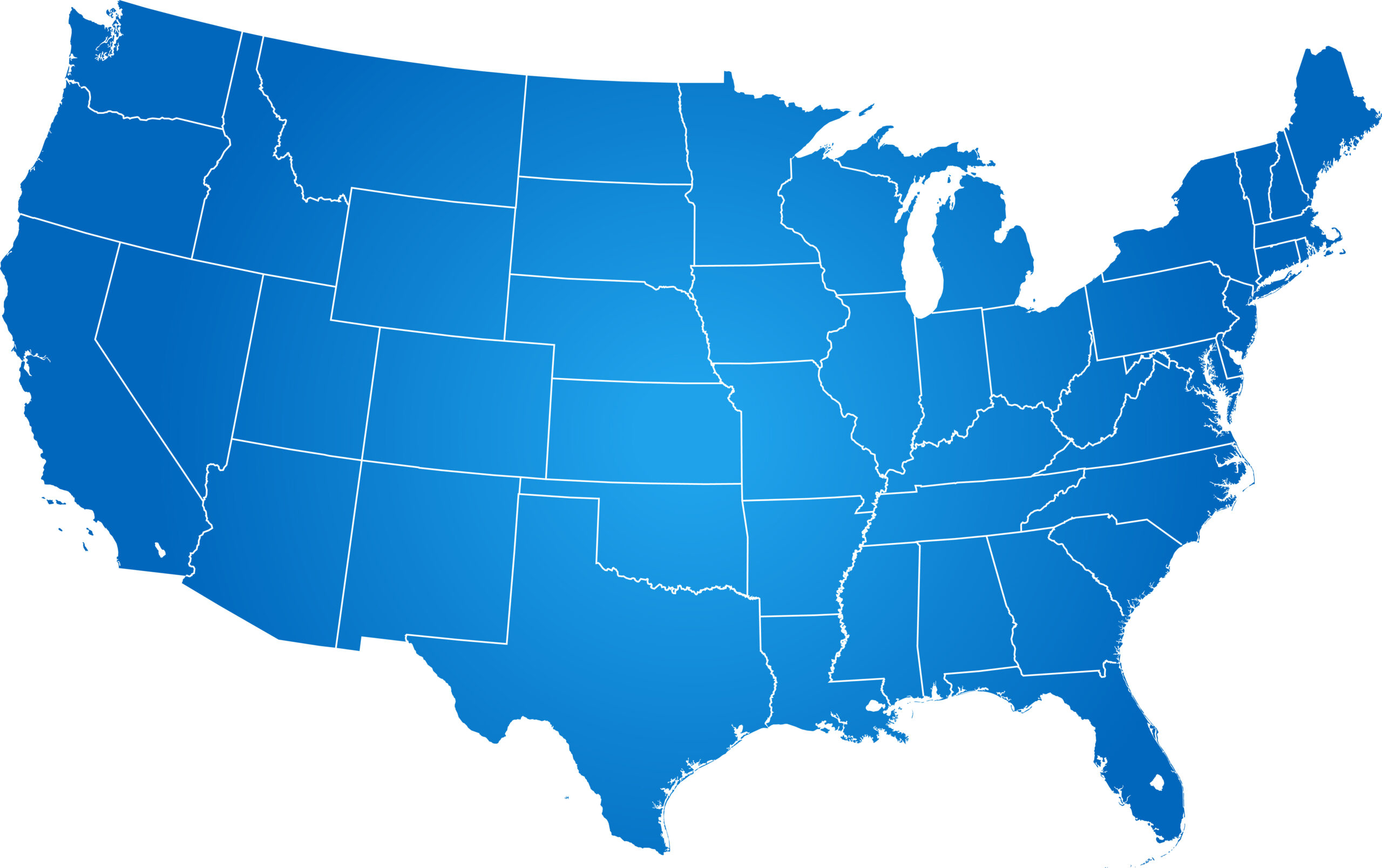What Will Competition Policy in 2019 Look Like?
2019 is here, and it is looking like competition issues will be a big part of policy considerations for the year. It’s a good time to take a step back and look at where we are likely headed. Here are my 2019 predictions:
Tech Issues Addressed Through Privacy/Data Protection Legislation
Tech remains a hot topic in discussions of U.S. competition policy. However, the focus in 2019 will probably put privacy demands as first priority. A recent Progressive Policy Institute (PPI) poll showed that tech remains popular, and a majority do not share the belief that dramatic action, like breakups, are needed. But the poll did show that a majority were concerned about tech companies’ handling of privacy and data protection. These issues, while separate, are linked because strong data protection is an important part of protecting against the misuse of consumers’ data.
This issue is ripe for legislative action. There have been numerous data breaches putting consumers at risk, including Equifax, Marriott, Wyndham, Adult Friend Finder, Target, and Sony Playstation Network. Additionally, we also have several models of privacy protection to learn from, including GDPR and California’s Consumer Privacy Act. Action on privacy and data protection has bi-partisan voter support. Additionally, many tech companies and businesses support some form of federal privacy regulation.
However, it is important to note that there are competition policy elements that must be considered in the drafting of privacy and data protection legislation. First, any legislation with a substantial compliance cost has a risk of having a greater impact on small businesses and startups. This is something we should look to learn from GDPR, as early reports suggest that compliance has led to extraordinary costs and therefore disadvantaged smaller companies.
Second, there can be some tension between privacy, security, and competition. For example, APIs are software tools that promote interoperability between different programs. They can be instrumental for companies looking to make it easier for consumers to try their products or switch products. They have also been a cause of data misuse. A crackdown on APIs might improve data security, but it would make competition worse off. The same could be said of data portability features: they make it easier for users to switch platforms but also create a potential avenue for attack. Any legislation should take this interplay into account and try and find ways of improving privacy and security without reducing core functionality of the Internet that promotes competition.
Finally, while competition on privacy can be beneficial, it is unlikely that it will contribute substantially to improving privacy and data protection. Researchers have identified something called the privacy paradox to explain consumer behavior where they state a high concern for privacy but then do little to protect their own data. Consumers tend to adopt privacy-compromising behavior in their activity online. This paradox can make it difficult to actually compete on privacy. Indeed, it might be far more profitable to monetize user data, especially if the firm is smaller and under less public scrutiny. Additionally, smaller companies might have less resources to devote to building robust privacy and data protection systems, and may consider these as lower priorities than larger companies that are more likely to be targeted by attacks (see security through obscurity).
Resolution of the FTC Hearings
The FTC is expected to wrap up its hearings in the beginning of this year. DisCo coverage of each hearing can be found here. The most likely result of these hearings will be some kind of report, but we shouldn’t expect one very soon. These reports take time to fully bake in the agency. For example, the FTC announced in June 2013 that it was planning on doing a 6(b) study of patent trolls but did not issue a completed report until October 2016. The FTC will have all the information it needs to write a report as soon as the hearings conclude, so it might not take the full two and a half years the patent troll study did. However, the hearings have provided the FTC a firehose of information on many different topics.
In the meantime, the FTC will face continued pressure to take what it learns from the hearing and develop an aggressive test case using some of the proposed legal theories and theories of harm from the hearings. Such a test case is risky, both in terms of resource commitment and the potential for a loss. However, the FTC does seem interested in taking on such a case if they can find one makes sense. My prediction is that the FTC will try and start with a case with absolutely clear evidence of harm. An example of this is their case against Shire ViroPharma for anticompetitive manipulation of the FDA’s citizen petition process. The abuse of this process was well known before the FTC filed the ViroPharma complaint in 2017. Professor Michael Carrier issued a study on the practice in 2016. However, the FTC waited until it had a case where the defendant filed an extraordinary 43 filings with the FDA before bringing a sham Citizen Petition case. This is probably due to the inherent risk in developing case law in a new area. Indeed, the FTC is currently appealing a loss in this case to the Third Circuit.
One of the more helpful work products to come from the hearings would be an educational report on how new industries work and how they are similar or different from classic industries. An objective report laying out the benefits and risks of newer industries would be instrumental in aiding Congress should they choose to legislate on issues such as privacy. Such a report could also explain key nuances in industry dynamics so that any such legislation could be constructed to minimize unintended consequences. An example of this is the interplay between privacy and competition. The FTC’s 2003 report “To Promote Innovation” is an excellent example of how helpful such reports can be. The report explained the interplay between competition and patent policies and advised a careful balancing between them. The report was even cited by Justice Kennedy in his concurrence of eBay v. Mercexchange. Hopefully such a report is included in the planned work product from the hearings.
Finally, there is a decent chance that there will be a recommendation to Congress that the FTC have greater funding and more power. Former FTC Chairman William Kovacic has frequently discussed ideas to expand the FTC’s policymaking power in a way that does not increase private rights of action. Kovacic’s argument is that courts have been persuaded by arguments that private rights of action, or the ability of private plaintiffs to enforce the antitrust laws, are an over-deterrence due to treble damages, asymmetric shifting of costs, and broad rights of discovery (which can be expensive). Kovacic believes this has made courts overly cautious in applying competition laws. A government-only right of enforcement will sidestep this concern. FTC Commissioner Chopra has brought attention to the FTC’s limited ability to levy fines, and there are calls to broaden this power. Additionally, many have argued that the FTC requires more resources.
Drug Prices a Top Priority
The aforementioned PPI poll found that health care costs are the top of mind issue for most Americans. Not only did most respondents list it as their top choice for Congressional priorities, most respondents also believed that reducing health care costs was the most effective way to reduce the wealth gap. A Harvard/Politico poll confirms this finding, listing drug prices as the number one priority for both Democrats and Republicans.
There is plenty of competition policy work to be done to bolster efforts to bring down drug prices. Historically, the most effective way to reduce drug prices is to foster generic competition where available. The FDA’s data on generic competition shows that when multiple generic companies enter a market, prices drop by around 80% or more. This link between increasing competition and dramatic price cuts means there are many competition policy tools that can be applied to the drug price problem.
Fortunately, there is broad agreement among the Administration and Republicans and Democrats in Congress that more should be done on drug prices. The most bipartisan legislation to emerge so far is the CREATES Act from last session, a bill to increase competition by making it easier for generic drug companies to get the samples they need for FDA approval. Some manufacturers abuse safety protocols to deny generic companies these samples; this bill addresses that problem. The CREATES Act bill had 30 cosponsors: 15 Republican, 14 Democrat, and 1 Independent. Other bills expected to be introduced soon are Sen. Sanders and Rep. Khanna’s Prescription Drug Price Relief Act, and Sen. Warren and Rep. Schakowsky’s Affordable Drug Manufacturing Act. Both bills have competition, or threat of competition, as the key mechanism to reduce drug prices. I expect more proposed legislation will follow.
The FDA has also taken multiple steps to increase competition, most recently in its announcement that it is taking new steps to improve the pathway for biosimilar approvals and further implement the Biologics Price Competition and Innovation Act. Biologics are large molecule drugs, like insulin, that are becoming the backbone of modern therapy. Biosimilars are the generic version of biologics, but they don’t have the same pathway to FDA approval due to differences in the law. Many agree that there is more work to be done in this area to improve competition of off-patent biologics.








